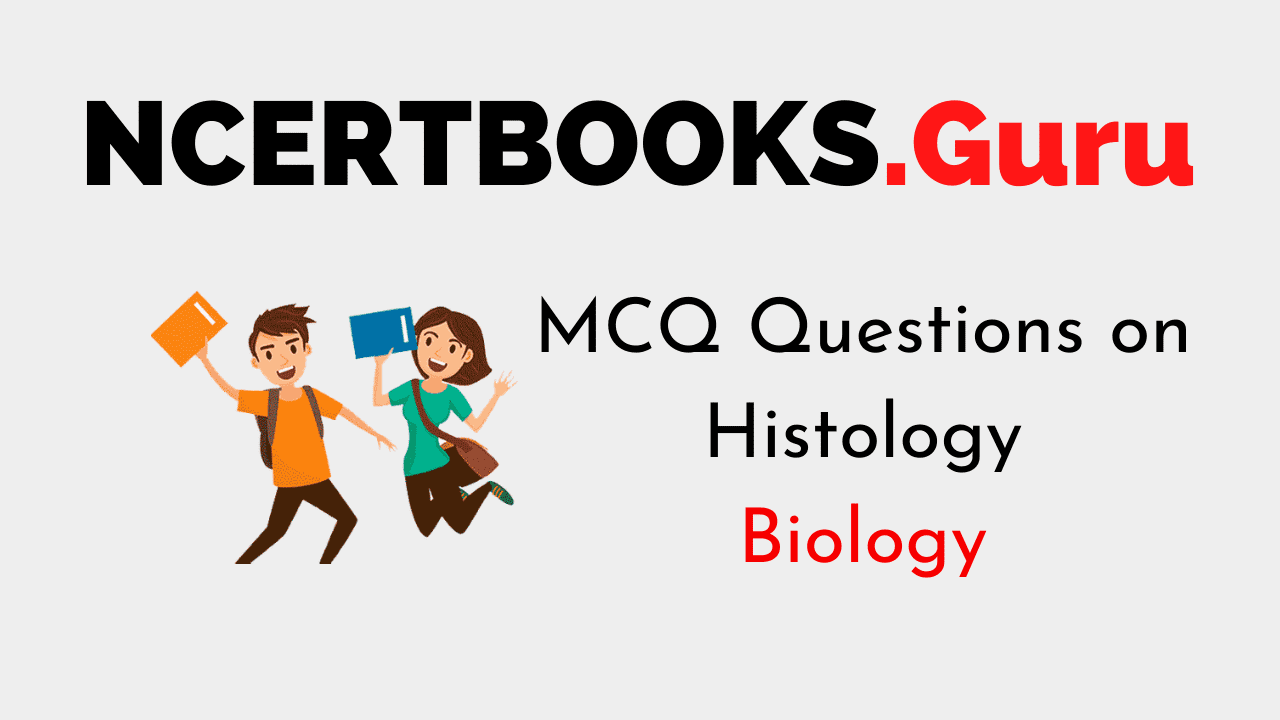Biology is the study of life. Below, You will find a list of Biology MCQ Questions as per the latest prescribed syllabus. Ace up your preparation with the Objective Questions available on Plant Tissue Culture and enhance your subject knowledge. Understand the concept clearly by consistently practicing the Multiple Choice Questions and score well in your exams.
MCQ Questions on Plant Tissue Culture
1. Where are bicollateral vascular bundles found?
(a) Malvaceae
(b) Gramineae
(c) Cucurbitaceae
(d) Leguminosae
Answer
Answer: (c) Cucurbitaceae.
2. Why is grafting not possible in monocotyledons?
(a) Because they have scattered vascular bundles
(b) Because they lack cambium
(c) Because they are herbaceous
(d) Because they have parallel bundles
Answer
Answer: (a) Because they have scattered vascular bundles.
3. An example of vascular cambium is ________
(a) Lateral meristem
(b) Primary meristem
(c) Secondary meristem
(d) Intercalary meristem
Answer
Answer: (a) Lateral meristem.
4. Wounds in plants are healed by the activity of _________.
(a) Apical meristem
(b) Intercalary meristem
(c) Lateral meristem
(d) Secondary meristem
Answer
Answer: (d) Secondary meristem.
5. Where do we find the Casparian strips?
(a) Endodermis
(b) Hypodermis
(c) Pericycle
(d) Collenchyma
Answer
Answer: (a) Endodermis.
6. Which one is true about the sieve tube cells?
(a) Sieve tube cells are present in all plants
(b) Companion cells are regulated by nucleated sieve cells.
(c) Companion cells regulate the activity of non-nucleated sieve tube cells.
(d) Sieve tube cells are nucleated but lack endoplasmic reticulum and mitochondria.
Answer
Answer: (c) Companion cells regulate the activity of non-nucleated sieve tube cells.
7. Wounds in plants are healed by the activity of _________.
(a) Apical meristem
(b) Intercalary meristem
(c) Lateral meristem
(d) Secondary meristem
Answer
Answer: (d) Secondary meristem.
8. Which of the following tissues are involved in the conduction of water in plants?
(a) Xylem and phloem
(b) Parenchyma and sclerenchyma
(c) Tracheids and vessels
(d) Xylem fibres and bast fibres
Answer
Answer: (c) Tracheids and vessels.
9. Which of the following plant lacks vessels?
(a) Rose
(b) Pinus
(c) Gnetum
(d) Mango tree
Answer
Answer: (b) Pinus.
10. Examples of phloem fibres include
(a) Flax
(b) Hemp
(c) Jute
(d) All of the above
Answer
Answer: (d) All of the above.
